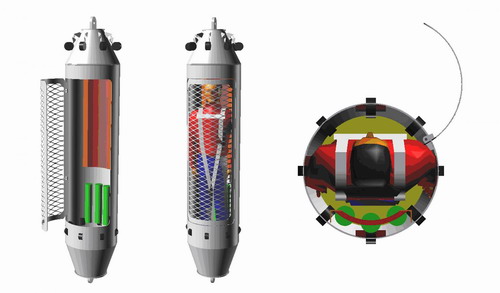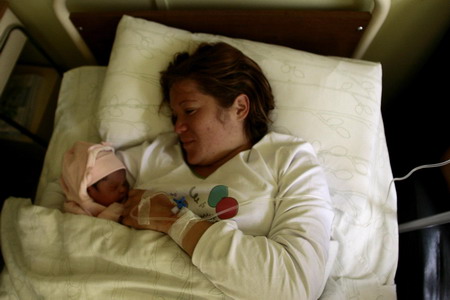Asia-Pacific
Chile's trapped miners have a thousand job offers
(Agencies)
Updated: 2010-09-15 10:28
 |
Large Medium Small |
|
 An artist's rendering distributed by the Chilean Navy on September 13, 2010, shows three views of the capsule being built to individually contain the 33 miners trapped inside the San Jose mine as they are brought to the surface once a hole wide enough is completed. [Agencies] |
Some of the jobs being offered to the miners seem risky, like the four "explosives handler" positions the San Geronimo mining company seeks to fill.
Some of the spouses of the trapped men have warned them to give up mining or else.
Lila Ramirez has said her marriage to 63-year-old Mario Gomez will be over if he returns to the mines.
And Carola Narvaez, whose husband, Raul Bustos, is stuck underground, said a few days after the miners were found alive that "in my heart, I don't want him to ever return to the mines."
Asked if she thought her husband would be willing to give up the relatively good wages a man can make in mining, and if she would have the power to convince him otherwise, she flashed a bittersweet smile and shrugged. "Every man has to work," she said.
Miners who narrowly escaped the San Jose collapse have said they chose to work at the marginal gold and copper mine precisely because its added risk meant the San Esteban mining company had to pay slightly better wages. The San Jose mine lacks safety measures such as an escape tunnel, and just weeks before the collapse, falling rock cost one worker his leg.
Dozens of engineers are now working day and night to construct and maintain the three giant drills that the government has brought in to reach the miners. Two drills have been put into service, but one of them was out of commission for six days after breaking when it hit an iron bar.
That drill, known as the "Plan B" drill, was working again Tuesday after engineers used magnets to pull out a large shattered piece and replacement parts were flown in from the United States. A massive "Plan C" drill is expected to be operational by September 20.
Once the drills break through to the bottom reaches of the mine, they'll have to do it all over again, widening the tunnels just enough to be able to pull the men out one by one. Experts believe it will be early November before the last miner is rescued.
|
 Elizabeth Segovia, wife of one of the trapped miners Ariel Ticona, rests with her newborn baby Esperanza Ticona at a private hospital at Copiapo, some 725 km (450 miles) north of Santiago, September 14, 2010. [Agencies] |
Worry gave way to joy for Ticona on Tuesday when his wife, Elizabeth Segovia, gave birth to their daughter by cesarean section.
The couple had planned to name the girl Carolina, but Ticona had a change of heart by the time he and a relative had a recorded video chat through a fiber-optic cable connection.
"Tell her to change the name of our daughter ... and give her a long-distance kiss!" Ticona said as the other miners shouted, "We're going to name her Esperanza!" -- the Spanish word for hope.
Segovia told Chile's Canal 13 network that she had exactly the same thought.